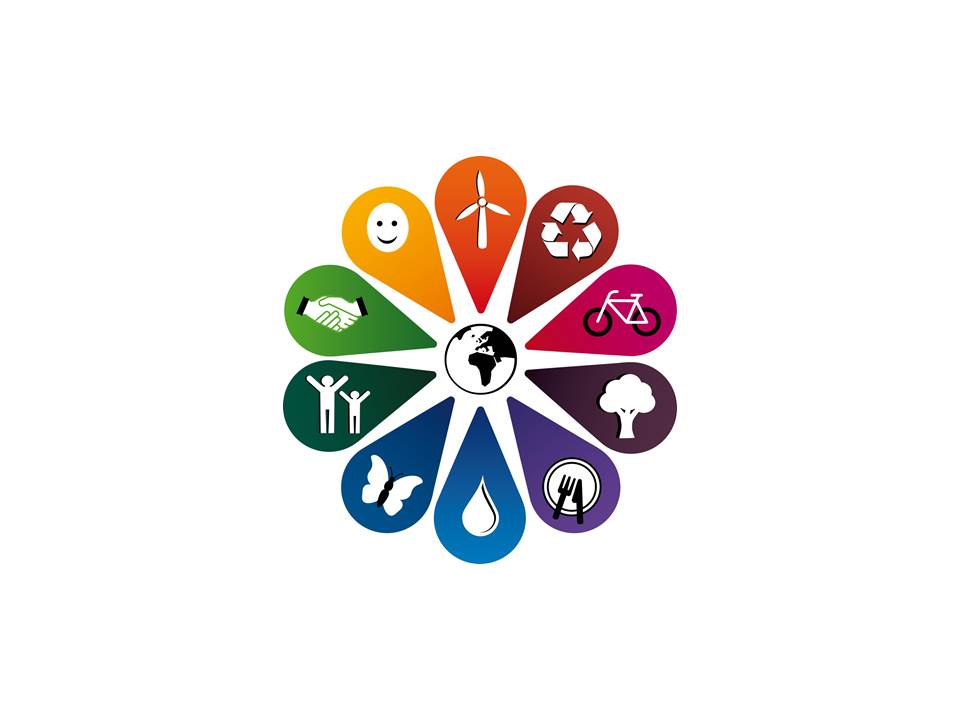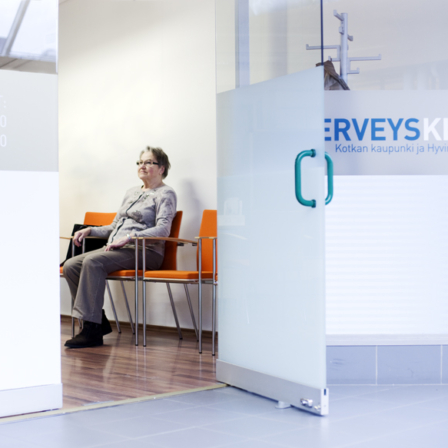The international One Planet Living initiative is being applied for the first time in Finland to the planning of the residential areas of Kivistö and Kangas. It aims to make sustainable and resource-wise living comfortable, inexpensive and easy.
Sitra, the cities of Vantaa and Jyväskylä, Skanska, NCC, YIT, Kesko Food and HOK-Elanto intend to apply the principles of resource wisdom and sustainable development to urban development planning. These principles aim to facilitate a way of life built on the carrying capacity of one single planet.
This is the first time that the One Planet Living framework – of British origin – has been applied in Finland. In Vantaa, Skanska, NCC, Kesko Food and HOK-Elanto will apply it in the planning of a new urban centre in the Kivistö area and, in Jyväskylä, Skanska and YIT will use the framework to transform the former paper mill area of Kangas into a lively urban district.
One Planet Living refers to the application of ten principles aimed at enhancing ecology and well-being to zoning, construction and the planning of local services. The goals include the reduction of carbon emissions and waste, favouring local food and raw materials, and the preservation of biodiversity.
“One Planet Living is an interesting way of enabling resource-wise living in practice,” says Lari Rajantie, Senior Lead at Sitra. “When the boundaries of the Earth are taken into account when planning an area, the opportunities to lead a life in a sustainable manner improve. The goal is to provide us all with the future opportunity to live in a sustainable manner so that emission levels are reduced and the exploitation of Earth’s resources is reduced to a sustainable level, while the well-being of residents is enhanced. For residents, resource-wise living is inexpensive, fun and easy.”
With the help of the project, Sitra aims to test how well the principles and operating framework of One Planet Living are suited to Finland. The initiative is based on the idea that Western countries need to live in a way that fits within the limits of the Earth’s carrying capacity and not at the expense of poorer countries or future generations. The calculation method generally used for illustrating the use of resources is ecological footprinting. When calculated using these methods, the global population currently consumes the resources of approximately 1.5 Earths, but if everyone lived like Finns, we would need the resources of three Earths to sustain us. In other words, the need for a sustainable way of living and reducing the population’s ecological footprint is huge, and this approach also interests and attracts residents and companies.
“In collaboration with our partners, we are developing dynamic urban centres for services, working and living. The One Planet Living framework observes the environment, but also the economic and social aspects of sustainability,” notes Antti Tuomainen, Vice President of Urban Development at Skanska.
The existing plans for Kivistö, Vantaa, support the implementation of the framework. For example, local traffic is organised in a sustainable manner around bike and rail, as the Ring Rail Line is due for completion next summer. The buildings will be energy-efficient, the building materials will be chosen with sustainability in mind on the basis of a life-cycle approach, and the waste management of residential areas will be centrally organised by means of a pipe waste collection system. Urban run-off will be managed in a natural manner using green roofs, for example. In addition, the option to install solar panels on the roof of the new shopping centre in Kivistö has been explored, as well as the opportunity to make use of the condensation heat produced by refrigeration units in the shops for heating purposes.
“The model is being piloted in the zoning of the urban centre of Kivistö. If the concept produces good results, we will consider its more extensive application into the urban planning of Vantaa as a whole,” says Tarja Laine, Director of Urban Planning at the City of Vantaa.
The city plan for the urban centre and the related One Planet Living framework was considered by Vantaa’s City Planning Committee on 13 October.
Kangas, Jyväskylä, will be developed into an area that favours biking and walking. Investment will be made in light traffic routes and in centralising car parking in communal parking facilities. Buildings will be energy-efficient, and the opportunity to use solar energy will be explored. Waste management will be arranged in a centralised fashion, and the aim is to make waste containers intelligent so that invoicing could be based on the actual amount of waste produced. The waste containers will also give an alert when they are full, so that refuse vehicle traffic can be reduced in the area.
“An extensive inclusion process of involving city residents reinforced the implementation of sustainable development goals in the development of the Kangas area,” says Anne Sandelin, Director of Urban Planning Projects at the City of Jyväskylä. “The co-operation between Sitra and the City of Jyväskylä in the project ‘Towards Resource Wisdom’ has continued the same theme, and now One Planet Living makes the work we’ve already done even more concrete. The action plan produced in collaboration with construction companies guarantees that we are aiming at goals that can be implemented by all parties involved.”
For further information, please contact:
Lari Rajantie, Senior Lead, Sitra
tel. +358 50 373 8609
Tanja Oksa, Project Manager, City of Jyväskylä,
tel. +358 50 312 5358
Tarja Laine, Director of Urban Planning, City of Vantaa,
tel. +358 9 839 22741
Lea Varpanen, Planning Manager, City of Vantaa,
tel. +358 9 839 22247
Antti Tuomainen, Vice President, Skanska Oy,
tel. +358 500 812 161
The international One Planet Living



Recommended